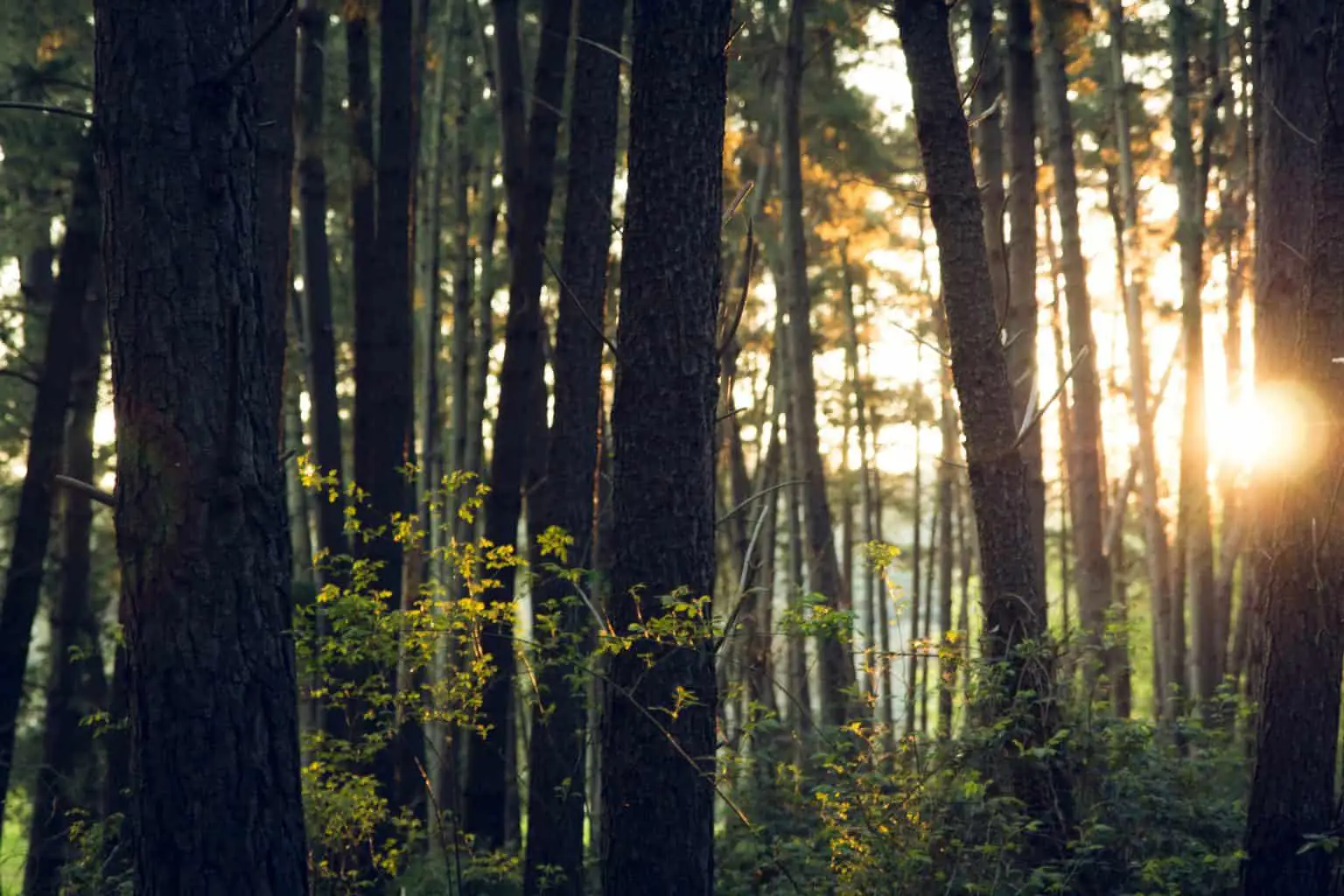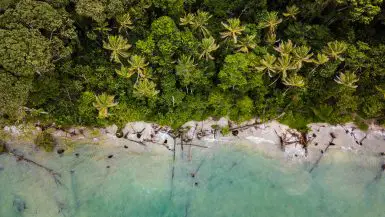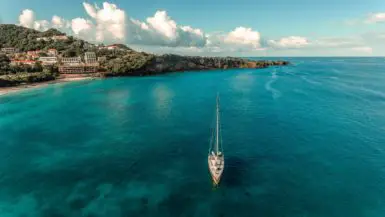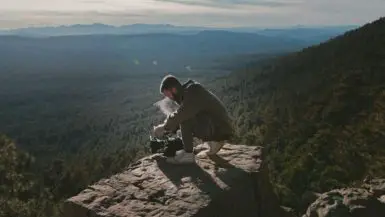As people cancel social gatherings, travel plans, and businesses amid the COVID-19 virus, it’s easy to feel worry for the future of the world. TV programs, radio broadcasts, and social media trends have circulated largely around the devastating effects on humans and global economies. But, there does happen to be a few hopeful lights at the end of this tiresome and dark tunnel. One of these lights is the prosperity and rejuvenation of Mother Nature in the absence of so many humans polluting her.
Without a doubt, the biggest improvement that can be seen in Earth’s environment is air quality. The results are easily proven as you watch satellite images of our atmosphere taken by the Tropomi Instrument. Tropomi is used to measure levels of pollutants in the atmosphere. Its pictures show nitrogen dioxide slowly decreasing in major hubs around the globe. Check out the ESA’s footage of northern Italy levels here!
Most nomads would agree flying is a necessity to their adventures. People’s values on how they choose to spend their money have changed, as well as how readily available flying has become. This has caused the number of passengers to increase every year since 2009. As a result, the amounts of harmful gases that are released into our atmosphere grow. COVID-19 has caused major airlines to reduce flights by upwards of 85%, with some even canceling all air travel. This drastic countermeasure is allowing our atmosphere to heal. Check out this detailed list of how different airlines around the globe are responding.
Driving emissions have also dropped well below previously seen levels. Those greenhouse gases emitted by one car can add up to be about 4.6 metric tons of CO2 each year. Restrictions on leaving homes have also driven down gas prices, creating time for much-needed road repairs, and lowered numbers of car accidents/fatalities.
Anyone who has a social media account has probably seen the pictures of the canals of Venice, Italy. The murky waters that flowed as a result of boat traffic pollutants and stirred up sediment have been replaced with pristine waters. While some don’t consider this a marked improvement (as the sediment is still at the bottom), this is not true. The EPA states that the products used to clean boats, the trash that gets tossed off of them (whether purposeful or accidental), and the compounds used to fuel them can be detrimental in large quantities. Sediment has a direct impact on wildlife through how much sunlight can pierce through the water, algae growth, and pH levels.
Other notable changes can be seen in the animals that have adapted to rely on people for sources of food. In many Southeast Asian countries, Macaques have developed a (relatively) symbiotic relationship with humans. AKA: people give them food; they get a funny picture from their holiday. With a drop in tourism, these species have now been depleted of their usual food source that supports such large numbers. The effects result in changed animal behaviors, which can be violent, and a return to their original diets that support a sustainable species level.
Another example of changed animal behavior has surfaced in Japan, where tourists in Nara Park usually feed Sika deer. Pictures of the deer wandering in residential areas and city centers in search of handouts went viral. They show how people can alter the survival instincts and patterns of the wildlife around us.
Months ago, global warming had captured hearts and headlines as political leaders, celebrities, and every day people began speaking up about the importance of protective global legislation for the environment. Shortly after, we watched as wildfires blazed through Australia and destroyed homes for both people and wildlife. I hope that with the rise and fall of this virus, we keep Earth and all its creatures in the forefront of our minds. The difficult thing about history is that it tends to repeat itself. Speculations have been made that to remedy economic downturn, greener business practices will be thrown to the wind to turn a quicker profit. This virus was a direct result of a wildlife market located in China, but these types of markets happen all around the world. Ironically what we have done to animals and the environment, has now affected us in a way we haven’t previously seen.
Instead of choosing a short-term solution that will cause an even bigger long-term problem, let’s take this time to look for ways to do better so that we can prevent another pandemic from occurring.
Our thoughts are with all our fellow nomads that have been affected by COVID-19. Continue to stay safe and healthy out there!







Leave a reply